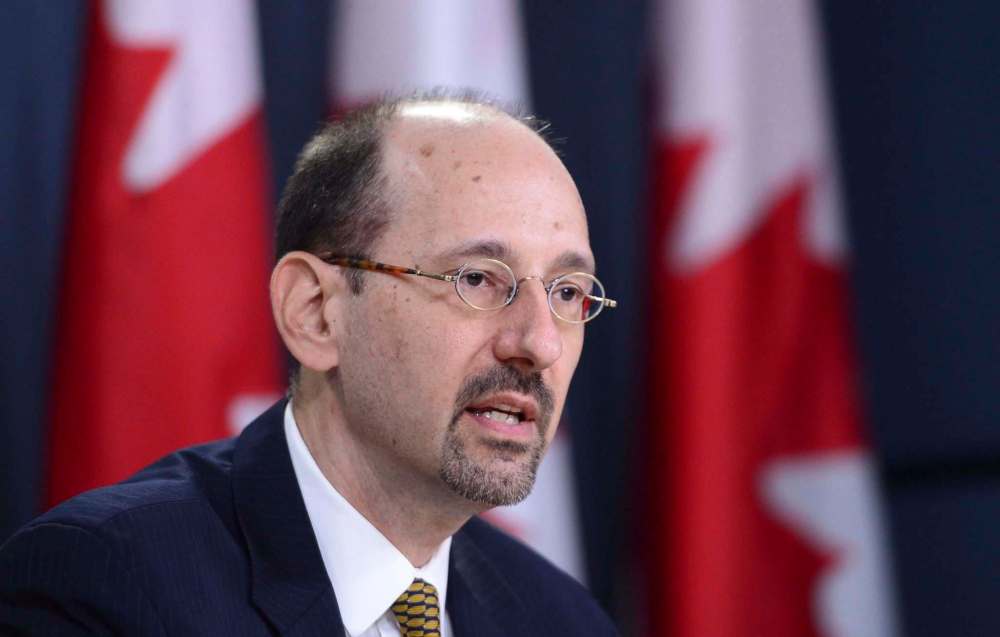Corrections must address Indigenous over representation
Read this article for free:
or
Already have an account? Log in here »
To continue reading, please subscribe:
Monthly Digital Subscription
$0 for the first 4 weeks*
- Enjoy unlimited reading on winnipegfreepress.com
- Read the E-Edition, our digital replica newspaper
- Access News Break, our award-winning app
- Play interactive puzzles
*No charge for 4 weeks then price increases to the regular rate of $19.00 plus GST every four weeks. Offer available to new and qualified returning subscribers only. Cancel any time.
Monthly Digital Subscription
$4.75/week*
- Enjoy unlimited reading on winnipegfreepress.com
- Read the E-Edition, our digital replica newspaper
- Access News Break, our award-winning app
- Play interactive puzzles
*Billed as $19 plus GST every four weeks. Cancel any time.
To continue reading, please subscribe:
Add Free Press access to your Brandon Sun subscription for only an additional
$1 for the first 4 weeks*
*Your next subscription payment will increase by $1.00 and you will be charged $16.99 plus GST for four weeks. After four weeks, your payment will increase to $23.99 plus GST every four weeks.
Read unlimited articles for free today:
or
Already have an account? Log in here »
Hey there, time traveller!
This article was published 29/01/2020 (2141 days ago), so information in it may no longer be current.
The percentage of Indigenous inmates in federal prisons continues to rise across Canada.
At 30 per cent, it’s now the highest it’s ever been – up from 20 per cent in 2010. Indigenous people make up about five per cent of Canada’s population.
The number of Indigenous inmates in federal prisons has increased 43 per cent since 2010. By contrast, the non-Indigenous inmate population has declined 13.7 per cent during that period. Shockingly, 42 per cent of female inmates are Indigenous.
Watchdog decries prison 'Indigenization'

Posted:
OTTAWA - The proportion of Indigenous people in federal custody has hit a record high of more than 30 per cent due to disturbing and entrenched imbalances, Canada's prison ombudsman warned Tuesday.
This is not a new problem. Indigenous people in Canada have been disproportionately imprisoned for decades. The introduction of restorative justice programs and the use of Gladue reports at sentencing (designed to help judges better understand the backgrounds of Indigenous offenders, including the effects of colonialism) appear to have done little to stem the tide. Rates are even higher in provinces such as Manitoba and Saskatchewan, which have larger Indigenous populations.
Despite the many inquiries, royal commissions and other probes into the causes of overrepresentation of Aboriginal people in prison, the problem not only persists, it continues to get worse.
Canada’s Correctional Investigator, Ivan Zinger, who released the updated incarceration figures last week, calls it the “Indigenization” of the country’s correctional system. He lamented that it is “nothing short of a national travesty.”
Mr. Zinger acknowledges that many of the social and economic factors driving these numbers are outside the control of the justice system. But he said Correctional Services Canada should not be let off the hook, since many of its policies and practices contribute to the problem.
For example, Indigenous inmates are disproportionately classified and placed in maximum-security institutions, Mr. Zinger explained. They are more likely to be subject to use-of-force measures and placed in solitary confinement, compared with non-Indigenous inmates. They also serve a higher proportion of their sentences in prison than non-Indigenous inmates, and experience higher rates of recidivism, according to Mr. Zinger.
There have been recommendations made over the years, through various studies, to address these inequities. However, the federal corrections service has largely ignored them, choosing instead to make small “tweaks” to the system.

“For too long, CSC has recused itself from any responsibility for Indigenous over-representation, preferring instead to simply reiterate that corrections, being situated at the back (or receiving) end of the criminal justice system, exerts no control or jurisdiction over ‘upstream’ factors that decide who is sent to prison, for what reasons or for how long,” wrote Mr. Zinger.
What is needed is federal leadership to move forward on recommendations made in such reports as the Truth and Reconciliation Commission, he said.
Those recommendations include CSC working more closely with Indigenous communities to improve reintegration services for Aboriginal offenders. Enhanced screening, diagnosis and treatment for Fetal Alcohol Spectrum Disorder has been proposed. Other recommendations have included a greater role for Indigenous elders in federal prisons, as well as better access to culturally relevant correctional programming.
There are no simple or immediate solutions to reduce the overrepresentation of aboriginal inmates in Canadian prisons. But Mr. Zinger makes a compelling case that CSC has a far greater role to play in reversing this trend than it cares to acknowledge. The policies and practices employed in federal prisons, especially as they relate to Indigenous offenders, have an impact on recidivism rates. Ultimately, the success or failure of those programs will affect Indigenous inmate populations.
CSC can do better. It must do better.








